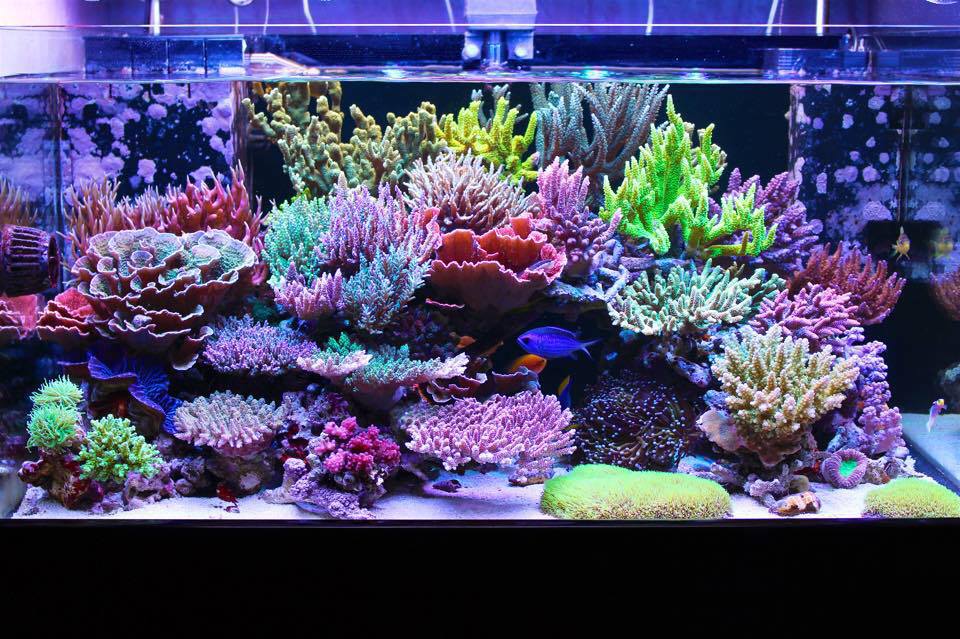As we have gotten better at keeping our corals and especially propagating them, we have also gotten better at recognizing the many pests that feed on them. As a result, it is now necessary to manage these pests lest they damage or destroy our precious charges. My laziness in the past has led to some serious invasions that have resulted in the loss of far too many corals.
Because of this, I have gotten very aggressive at treating any new corals that come into my systems. My philosophy now is that even if I got in a frag from my mother I would still dip and quarantine it. I know most coral propagators are very aggressive at making sure that nothing bad gets into their systems. But despite how aggressive they are at managing their corals occasionally things still slip by. So despite their assurance that their corals are “clean” I suggest that all newly acquired corals be at least dipped and cleaned before being added to a system. And if it is a wild colony to be added this is especially true.
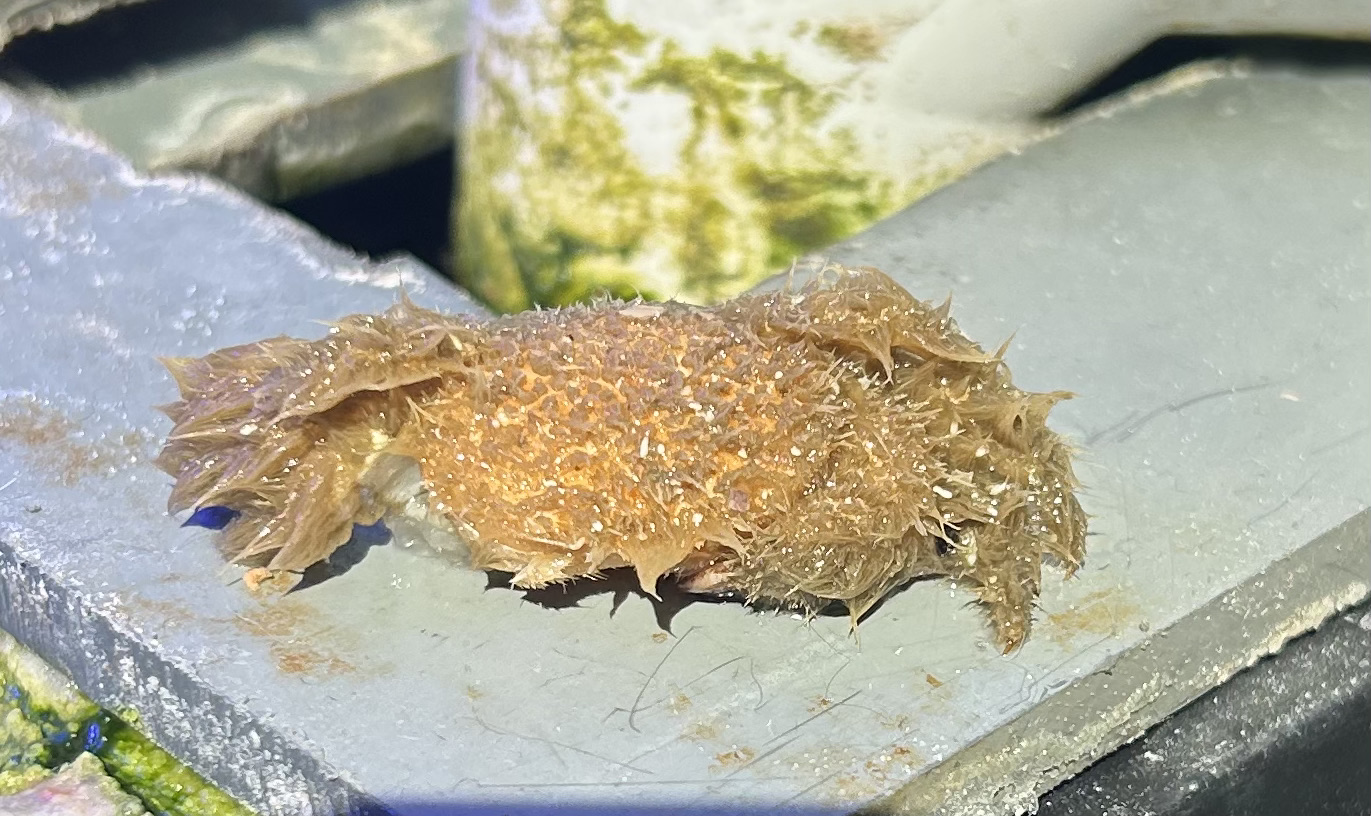
Russian Roulette
I’m from where the movie The Deer Hunter was filmed, so I have a strong aversion to Russian Roulette and unfortunately, that is what we are playing every time we add a new coral, rock, or invertebrate to our tanks, not to mention when we add fish that have not been quarantined, but that is an entirely different topic. So rather than taking any kind of chance, I try to kill or remove anything and everything that potentially could cause harm to my tank and its inhabitants. My rule is if I do not know what it is, I remove it. And if I cannot see inside it, I remove it or treat it. So the first rule of this method of treatment is everything gets treated, NO EXCEPTIONS. All it takes is for me to let one pest into the tank and then I have to try and not only find it but also then figure out how to remove it or find a natural predator that will eat it.
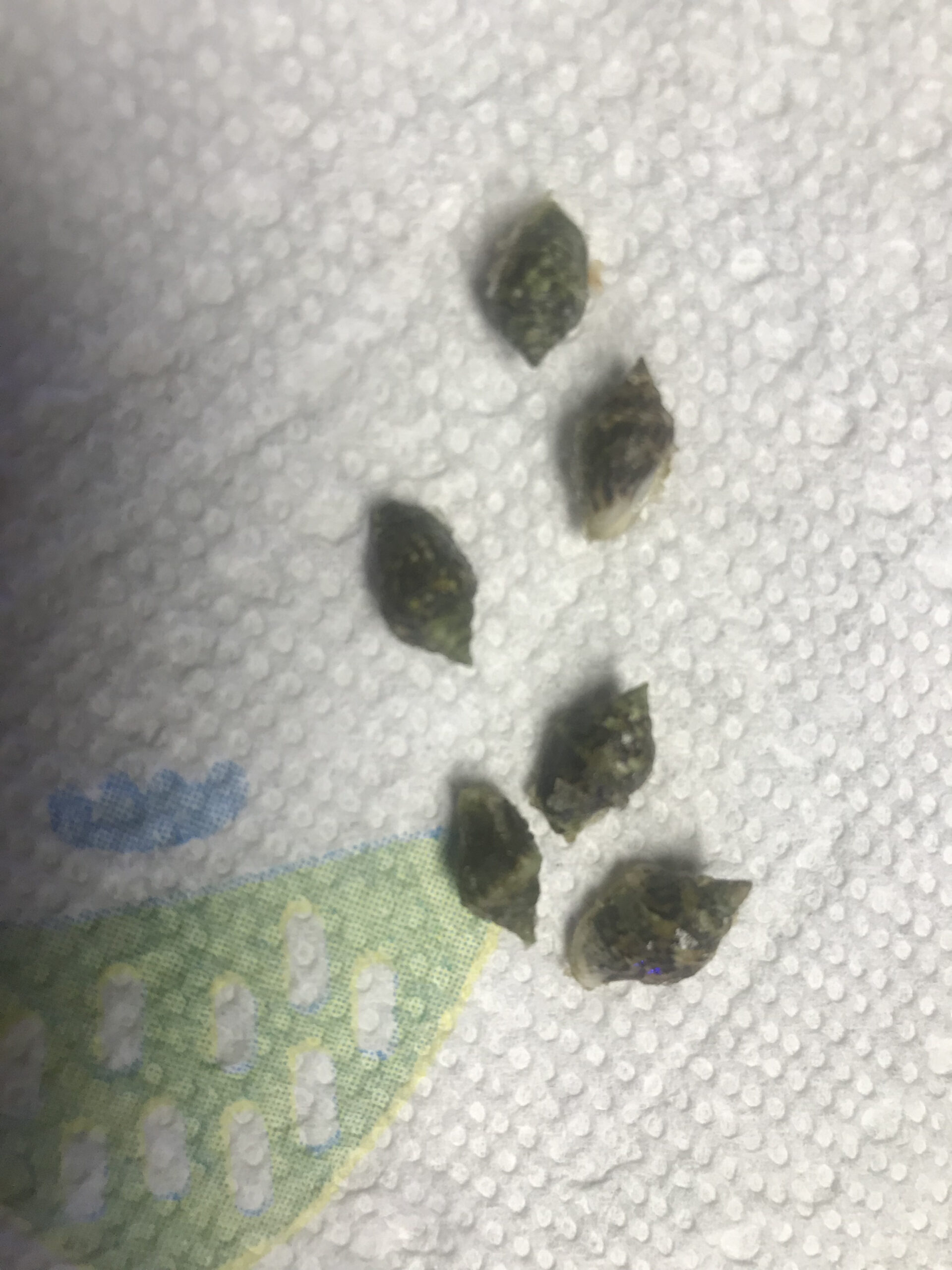
So every coral, whether it’s a maricultured piece or coral frag from my best friend’s tank, no matter how small, gets treated as do any other invertebrates that I plan on adding to my tanks. The process for doing this is rather straight forward and I have now been using it for over six years and have lost only a few corals during the process. First, the corals are acclimated to the tank’s water that they are going to be added to for an hour or so. Next, the coral is removed from any substrate that is it attached to. Frags are detached from their plugs, maricultured pieces from their plugs, and small colonies from any live rock or other material that they are attached to. This may seem drastic to cut them off even if they have encrusted, but to me making sure there is no chance of introducing something in the rock or substrate is worth it.
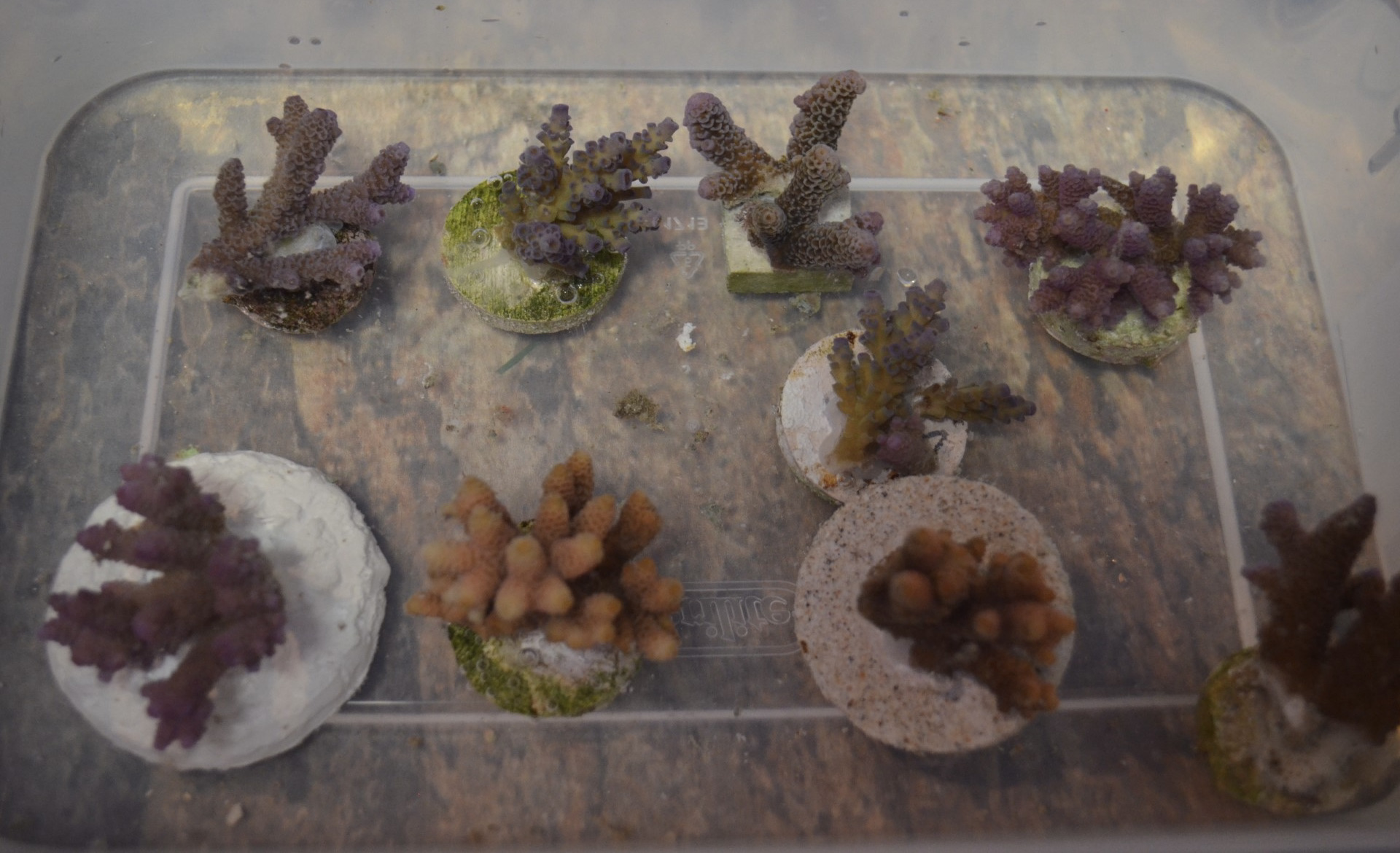
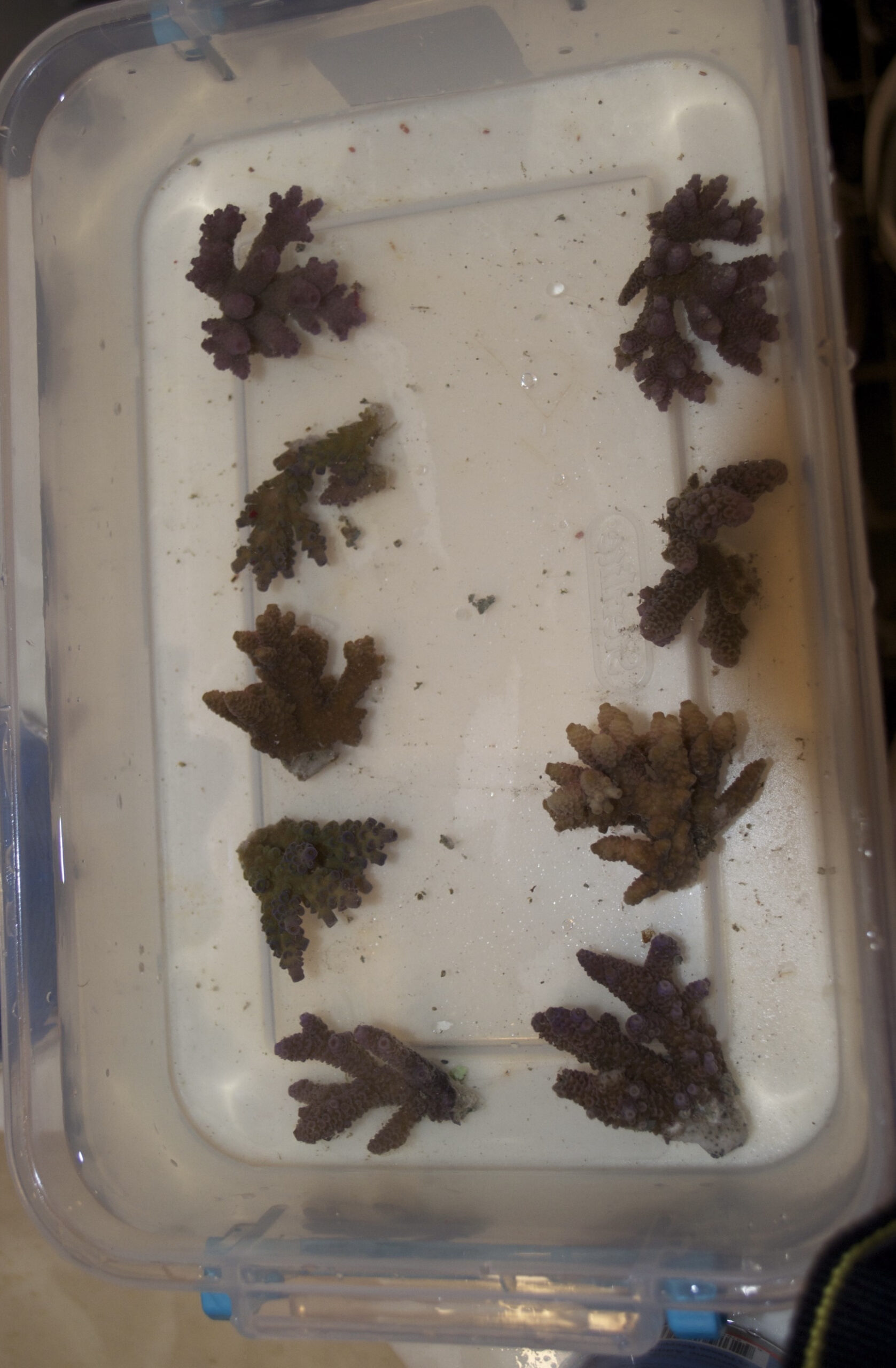
It should be noted that the other reason I remove the substrate is because the substrate near the coral is often where pests lay their eggs. And unfortunately, most of these eggs are impervious to just about any type of treatment we have tried. So the only way to keep them from hatching and releasing multitudes of pests is to keep them from being in the tank when they hatch. Even though frag plugs and most cement blocks seem solid I have found flatworms, eggs, and other creatures in the tiniest holes in these structures. This is especially true for the holes of maricultured plugs.
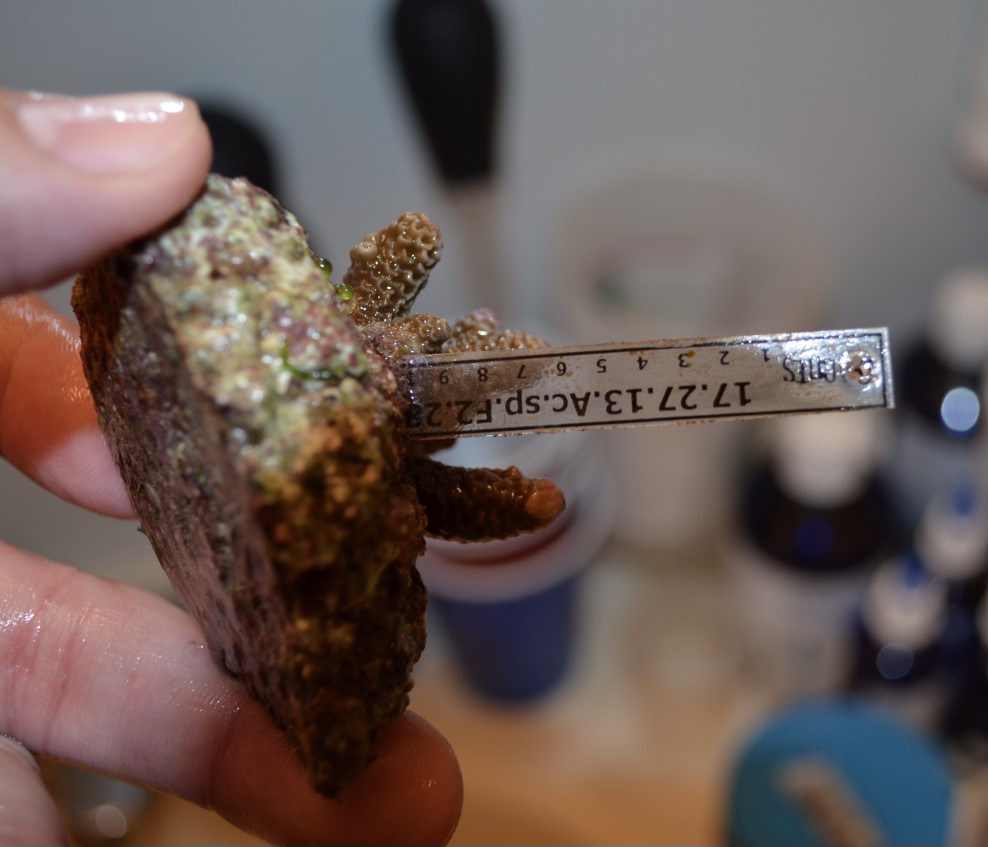
KungFu Coral Dip
Once the corals have been removed from their plug or substrate they are then dipped in modified KungFu coral dip. The original dip was named after the recipe that KungFu corals published and that has been found to be very effective for removing pests. My dip consists of one gallon of tank water to which 1 Tbsp of potassium nitrate is added. This higher potassium level does not stress the corals but does stun some pests. To this solution, eight drops of Lugol’s iodine are added. To this, I add two capfuls of Melafix, one capful of Revive, and 1 tsp Oxallinic acid. This last compound is a mild antibiotic that some may choose not to add. I now add it, as after battling various bacterial outbreaks in my tanks I am attempting to not have any further outbreaks. There is a small powerhead and heater in the quarantine tank and the corals stay in this chamber for a minimum of 45 minutes and up to a couple of hours. During this time, they are basted every fifteen minutes with a turkey baster. This is necessary as none of these compounds kill the pests but only stuns them.
After this long dip, the corals are removed and rinsed in tank water. If the water in the holding tank is clean and no pests are found, then the corals are placed in a separate section of the frag/holding tank where they can acclimate and be observed for a week. If the water has any pests in it, then the corals are given a second dip. In this dip, 25 ml of CoralRx is dosed in a gallon tank. This is a slightly higher dose than that which is recommended, of 25ml but the coral(s) are only kept in this solution for 5 minutes. Once this is done they are rinsed with clean tank water, and placed in the observation tank.
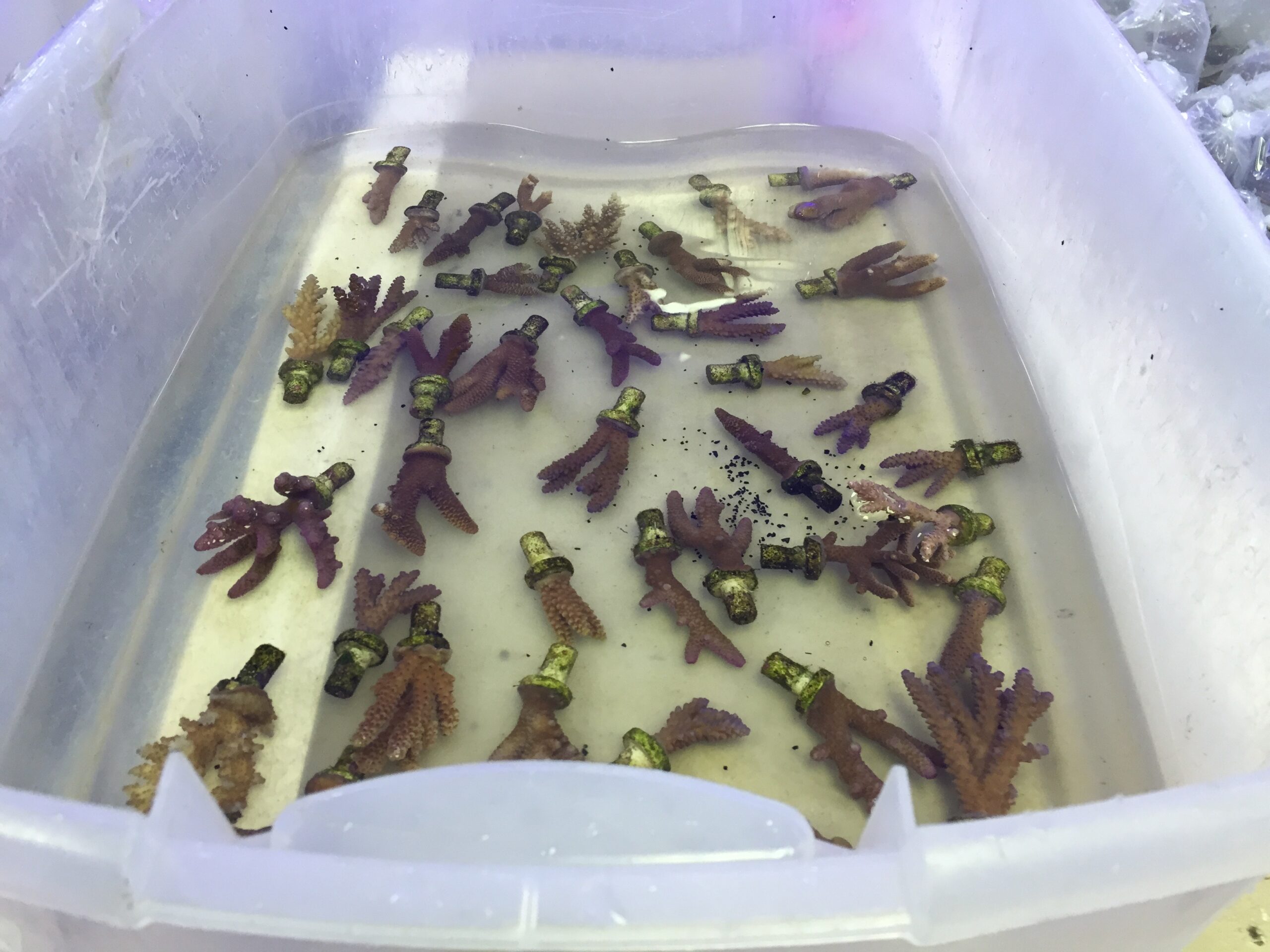
The main reason for using two different dipping solutions is that I have yet to be convinced that any one solution can remove everything, so the two I am using have both been noted as effective and safe by people I trust. It should be noted that both of these solutions have the capacity to cause skin irritation or worse, so I strongly advise that gloves be used when handling them as well as protective eyewear, as I’m sure either of these solutions might be harmful if they get in your eyes. Also when disposing of these solutions afterward read and follow the manufacturer’s recommendations for how to dispose of them properly. Do not just dump them down the drain into the water supply.
Throw in the towel
While these corals are being dipped and treated they are kept in a clear glass container that is set on a white towel. The white towel makes it easy to see what comes off of the coral. Most of the pests we are looking for are light-colored or beige or gray, so against the bright white towel they really stand out. Once the coral is in the final clean bowl I do one other test to ensure it is clean. With all of the lights out a blacklight LED flashlight is shined on the corals and other invertebrates. By doing so, most corals will glow uniformly showing their health, however, if there are eggs or dead tissue or something else on the coral this usually shows up as a colorless spot. By shining this light I can make sure that I have not missed anything.
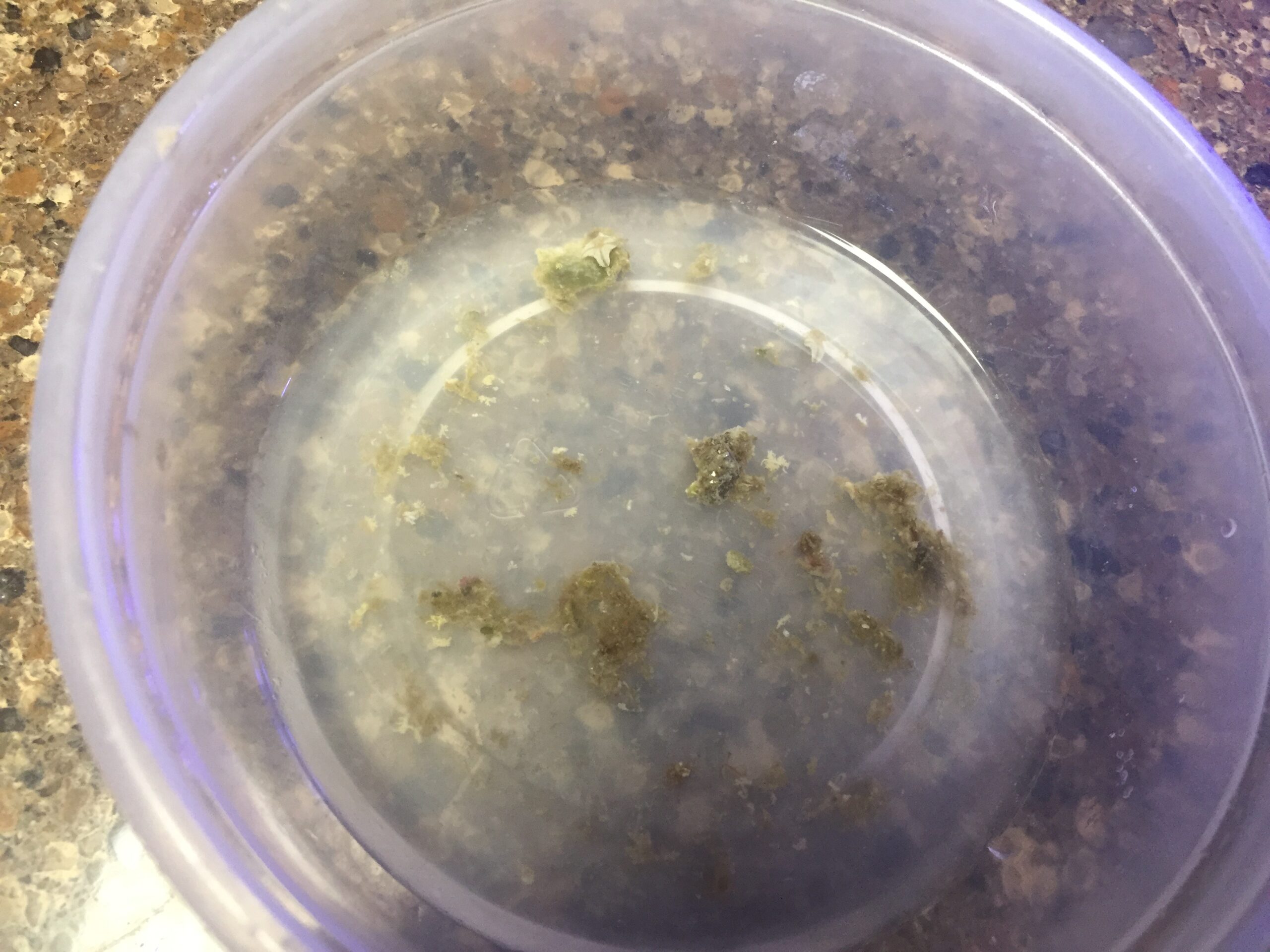
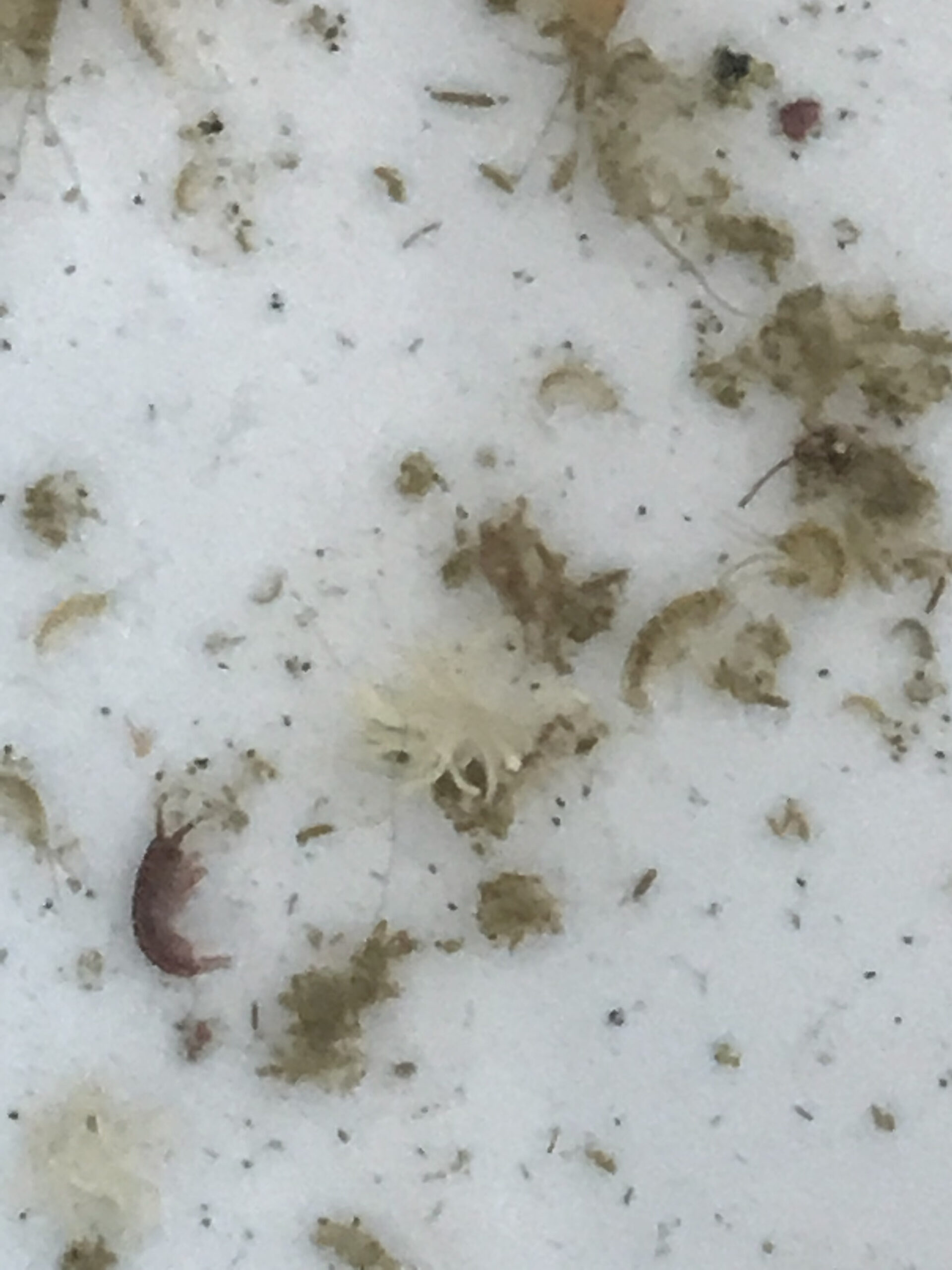
Once all of this has been done the coral is mounted on a new clean plug, old used plugs can be placed in a microwave oven after they have been used, to kill off any pests that may be present in them. Then the corals are mounted and placed in the quarantine tank before eventually being moved to the display tank. As noted, I have noticed little stress on the corals that go through this process as long as they are not exposed to air for any extended length of time. I have noticed that some corals do seem to be a bit light sensitive after this treatment in that if they are not gradually acclimated to the lighting in my tank they tend to bleach more than the corals that were not treated, so keep this in mind when placing them in the display tank.
This may seem like a lot of work just to reduce the likelihood of introducing a pest, but if you have ever had to fight the battle against Acropora-eating flatworms, or Montipora-eating nudibranchs you know this is worth it. Unfortunately, as we continue to have success in this hobby we are continuing to see new and more voracious pests emerge. As these continue to emerge I’m sure that the process for keeping them out of our tanks will also change.


